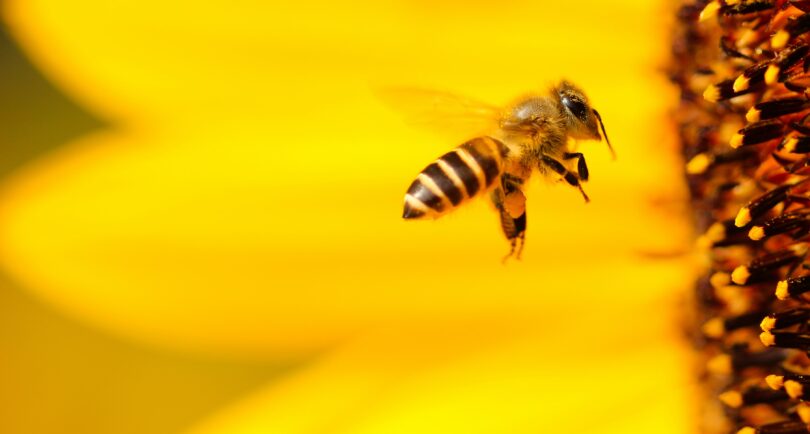Busy bees remain close to our hearts
Joe Kennedy – Country Matters
Sunday Independent issue of 7th June, 2020
Lingering lockdowners may lounge on their lilos and turn the pages of a new book called The Bee’s Knees, a treatise on man’s best-friendin-the-blossoms battling for survival in a cruel world of pesticides, monoculture and manicured lawns.
General readers may be aghast at a suggestion that some apiarists might sleep with bees on — not in — a hive. It’s soporific, The Bee’s Knees author James Morrissey told me, with the warmth of 50,000 insects and the aromas of pollen, nectar and honey. There is an illustration of a canopied bed on which to snooze away the day’s cares.
This book is skilfully designed and illustrated, with interviews of bee persons by Lorna Siggins, and published in honey colours by Currach Books at €19.99 and has appropriately appeared in a season which augurs well for the insects after years of gloom.
This may well be a happy bee time with more honey bees visible in gardens, helped by householders who are providing food for them in encouraging red clovers in grassy places and early flowering plants. Dead nettle and archangel are followed by lupins, salvias, delphinium and honeysuckle, thyme and borage and especially lavender. But more flowers are needed with mowed lawn spaces kept to a minimum of trimmed pathway edges.
Bees have had a history of problems from disease pandemics to herbicide/pesticide-driven colony collapses. Flowering plants evolved with bees. As a bee travels from flower to flower collecting nectar to fuel flight and pollen to feed its family, it moves pollen from stamen to pistil — so plants can produce seeds.
The poet Kahlil Gibran described the symbiotic relationship: “To a bee, a flower is the fountain of life and to the flower the bee is a messenger of love.” The naturalist Roger Deakin asked: “Just what would we do without bees? They are close to all our hearts.”
The Bee’s Knees by James Morrissey is available here.

